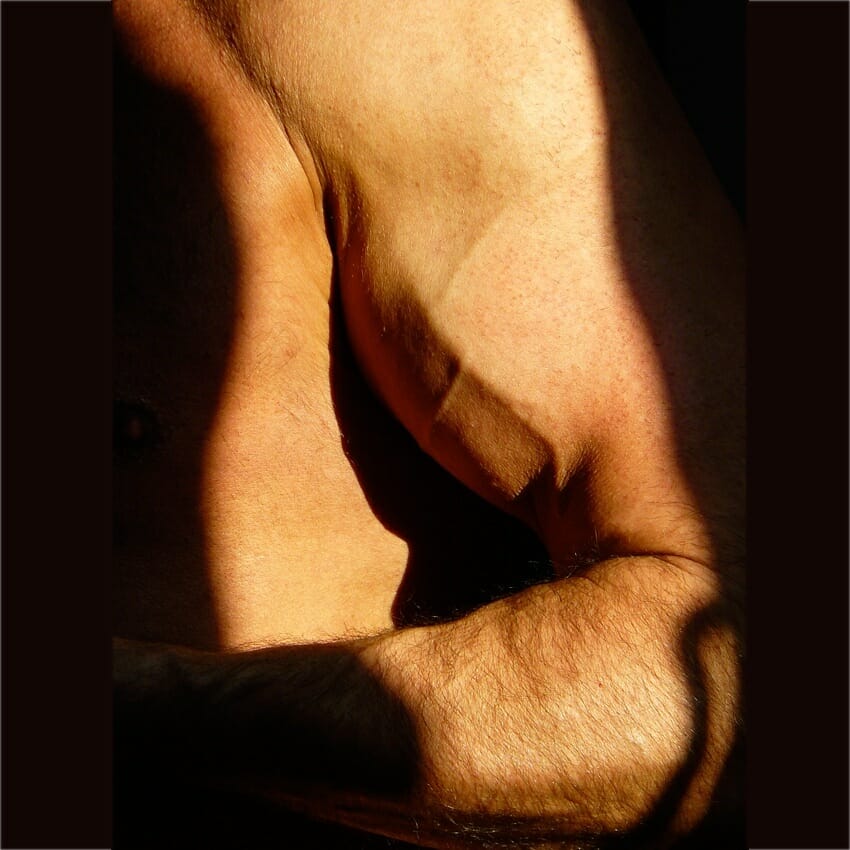The biceps may be one of the most widely recognized muscles in the body, and it is often a big focus of many machismo men trying to show off their strength. Aside from simply being an obvious muscle that can be easily flexed and flaunted, though, the biceps also serves several important functions in the function of the forearm, elbow and shoulder. For certain athletes, it’s also a common site for injuries, particularly strains. But New York City physical therapy is often all that’s needed to address the problem and bring patients’ function back to normal.
The biceps brachii, which is usually referred to simply as the biceps, is a two-headed muscle located in the front part of the upper arm. It has a long head and a short head, both of which originate at different parts of the shoulder but meet at the elbow. The major function of the biceps muscle is to assist the forearm, especially when it is engaged in lifting an object. It also helps to bend the elbow and assists the shoulder in allowing the arm to move forward, upward and sideways, but this role is secondary.
Just like any other muscle in the body, the biceps can get injured if it is pushed beyond its limits. The most common injury to the biceps is a muscle strain, and this can occur in a number of different ways. In the majority of cases, biceps strains result from extended use of the muscle or an extreme force being applied to it. Catching yourself while falling, the high forces from certain activities like pitching and lifting very heavy objects are all common causes of biceps strains. There are also specific risk factors that increase the chances of experiencing a biceps strain. These include participating in contact sports and throwing sports, weightlifting, poor circulation, poor nutrition, previous upper arm injuries and poor muscle conditioning.
Biceps strains can range in severity, and are usually categorized into three different grades: grade 1 means the strain is relatively mild with minimal pain and damage to the muscle, grade 2 involves some muscle tearing with significant pain, weakness and swelling, and grade 3 means a complete tear with obvious bruising, swelling and significant loss of strength. Symptoms will vary based on the severity of the strain, but usually include pain at the front of the shoulder that gets worse when moving the arm, as well as muscle spasms, swelling and possibly loss of strength.
How New York City physical therapy can bring you back to full strength
A biceps strain can be a major inconvenience and prevent you from functioning normally in your day-to-day activities, especially if you’re an athlete. But at Dynamic Sports Physical Therapy, we can provide you with a course of New York City physical therapy that will address the injury and bring you back to full strength quickly and safely. Our treatment programs for biceps strains typically include the following:
- Ice and heat: these will be provided in our clinic and recommended at home to help manage the pain
- Manual therapy: your physical therapist will gently move and mobilize the shoulder joint and stimulate your muscles as needed to help improve motion, flexibility and strength
- Strengthening exercises: we will prescribe a variety of exercises that will focus on strengthening the muscles of the shoulder and upper back, which work together to allow proper body motion
- Range of motion exercises: since your flexibility will be limited from the injury, these exercises will work on gradually improving your ability to move and rotate your injured arm
- Functional training: we will also provide you with education and guidance on how to perform certain activities that may further aggravate your injury
If you’re dealing with a biceps strain or any other recent injury, New York City physical therapy can help. Contact Dynamic Sports Physical Therapy at 212-317-8303 to schedule an appointment today, or click here for more information about biceps strains.

